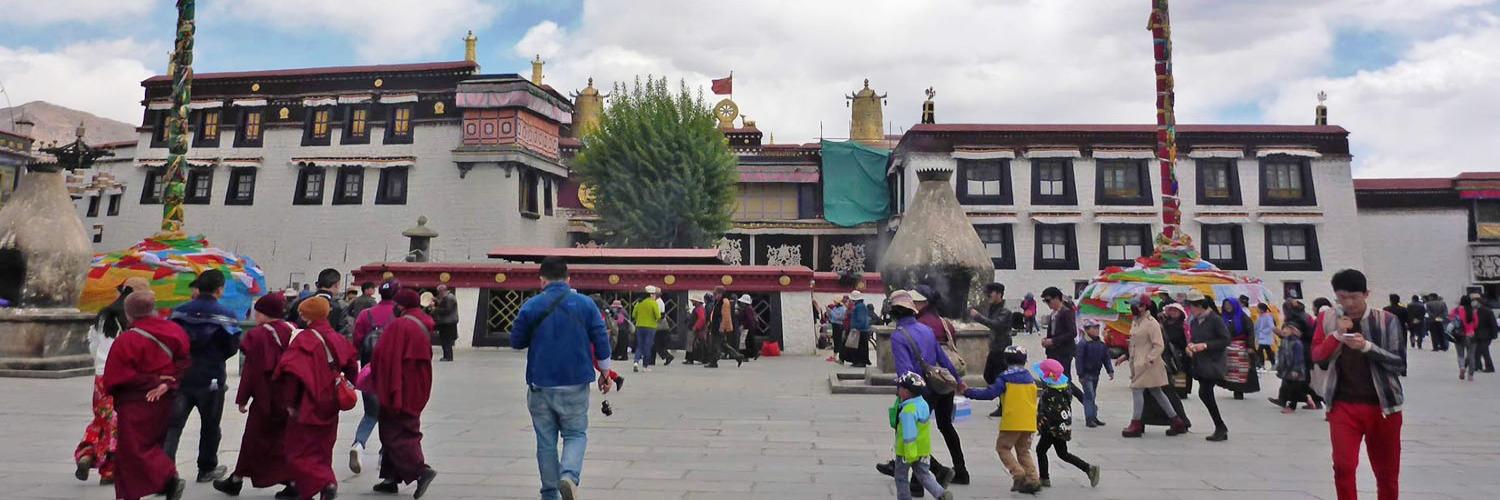Tibet, located in the autonomous region of China, is a region known for its stunning landscapes, Buddhist culture, and unique traditions. Often referred to as the "Roof of the World, Tibet is blessed with high-altitude plateau, ancient monasteries, and vibrant Tibetan culture. The combination of spectacular landscapes, profound spirituality, and rich cultural heritage makes travel to Tibet a truly unforgettable experience.
Tibet at a Glance
- Capital: Lhasa
- Currency: Chinese Yuan (CNY)
- Official Language: Standard Tibetan, Mandarin Chinese
- Time Zone: China Standard Time (CST) UTC+8
- Best Time to Visit: April to October
- Religion and Culture: Tibetan Buddhism
- Telephone code: +86
Visa and Permits
Travel to Tibet requires a Chinese visa and a Tibet Travel Permit. The permit must be arranged through a travel agency and is mandatory for all foreign visitors. Additional permits may be needed for certain regions.
Getting There
Lhasa Gonggar Airport (LXA) is the main airport, with flights from major Chinese cities like Beijing, Chengdu, and Xi'an. Kathmandu City in Nepal has a direct flight with Lhasa where the flight duration is 1 hour 10 minutes.
Lhasa can be also visited by overland drive from Kathmandu taking 5 days to reach Lhasa from Kathmandu.
The Qinghai-Tibet Railway connects Lhasa with cities such as Beijing, Shanghai, Chengdu, and Xining. This scenic train journey offers stunning views of the Tibetan Plateau.
Accommodation
Accommodation ranges from luxury hotels to basic guesthouses. Options are more limited in remote areas. Luxury hotels are located in Lhasa City only.
Food
Tibetan cuisine is hearty and often features barley, meat, and dairy products. Popular dishes include Tsampa (Roasted barley flour which is Tibet's staple food), Momos (Tibetan dumplings filled with meat or vegetables), Yak Butter Tea.
Health and Safety
Acclimatization to high altitude like Lhasa is essential. You need to stay hydrated and stay/rest on the first day of your arrival in Lhasa City. Tibet is generally safe for tourists, but it’s important to respect local customs and regulations.


